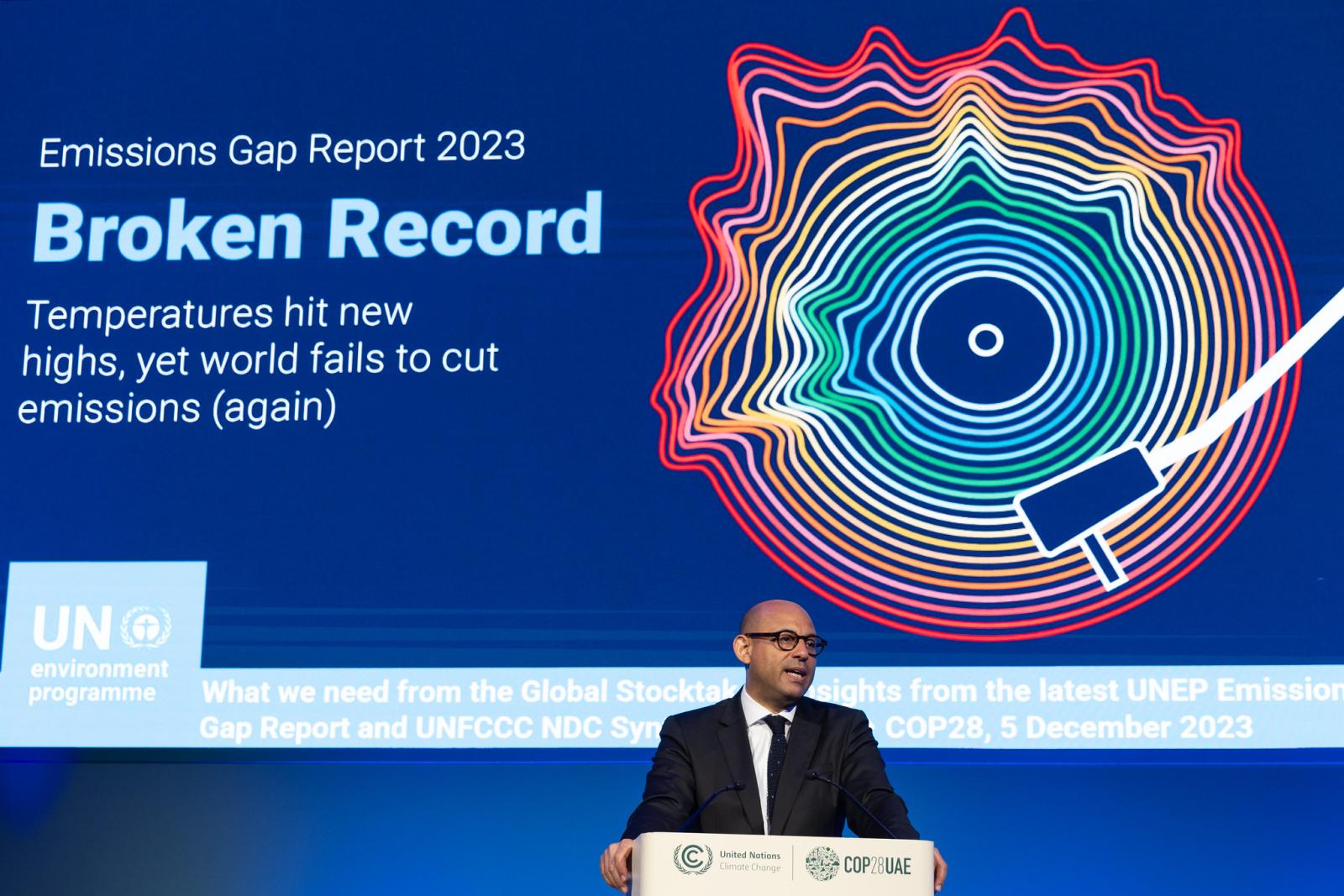It is called SuperB factory, it should have been able to produce a large quantity of elementary particles, named heavy B mesons, in a circular accelerator, with a circumference of 1.3 kilometers underground at the University of Tor Vergata in Rome and it was one of the “flagship projects" of the Ministry of Research. However, two days ago, the Minister, Francesco Profumo requested its termination. It is too expensive. We cannot afford it.
Anyhow, assures the Minister, the flagship project has not come to an end. A large project will remain in place. It is simply about deciding the nature of the project. It is up to the scientific community to decide.
It is best to start at the beginning. At the end of 2010, during the time management was overseen by Gelmini of MIUR (Ministry of Education, Universities and Research), fourteen "flagship projects" were identified – hence 14 scientific research and technological development projects which held strategic importance – which public entities were to achieve in the following years. The "flagship projects" approved, hence financed by by CIPE were representative of a "new approach to the development of research and the appeal of the country's system".
One of these 14 projects and probably the most important was the establishment of the SuperB Factory "overseeing production of heavy quark pairs, known as quark Bottom or quark Charm, at a rate which was to be a hundred times faster than that currently achieved". This takes the form of an accelerator of new-generation electrons and positrons which serve a dual purpose: support fundamental research and applied research. The machine was to be built underground at the University of Tor Vergata in Rome. Its main objective involved the intensive production of heavy B mesons (mesons formed of two heavy quarks). In plain terms, the factory in Rome was to produce these particles at a rate which was a hundred times greater than the B mesons generated in factories forming part of the BaBar experiment at SLAC National Accelerator Laboratory of Melo Park, in California (shut down in 2008), and the Belle experiment which is underway at the accelerator of KEKB in Tsukuba, Japan. It represents a great challenge on a global scale, and, in actual fact, the SuperB factory project was launched as an international project, with Italy at the helm, with the support of INFN supervising and Cabibbolab overseeing execution. The estimated cost of the project, which was to be completed in six years, was approximately 600 million euros. Italy's share, which was approved by CIPE was 250 million euros: more or less 40%.
However, two elements hampered this activity.
On the one hand, the difficulty in finding international partners able to provide the remaining 350 million euros (generally speaking, the lead country of an international scientific project, guarantees in the region of 60 or 70% in total of the financing). In addition, an international commission, who established the costing review, confirmed that 1,000 million euros would be required to complete the project. At this stage, the Minister Profumo intervened. The Italian government can guarantee 250 million euros, but no more. Hence the reason why the project cannot be completed. At this point, the Minister, bringing together the primary figures in INFN and Cabibbolab, specified that it is now up to you. The choice between re-sizing the project or modifying it.
The decision of INFN will be provided in the days to come. It must be considered that changing a project which has already been financed by CIPE may involve parliamentary stages. Involving parliament in the trivialities of legislation may signify waiting until the cows come home.
Roberto Petronzio, Director of Cabibbolab, maintains that the best solution, from every point of view, would be to create a less powerful machine (4 GeV instead of 10 GeV) with about 250 million euros. This decision would provide a host of advantages. The first - it would be possible to continue with an already started project and not have to re-start a new one. The second advantage lies with the fact that there would be no need for new authorizations, seeing as the machine, although less powerful, remains the same as the more powerful machine. There would be no need to reduce construction times, and therefore it would not loose its scientific competitiveness. Lastly, it would be good in terms of fundamental physics, for example, to test lepton flavor violation, and good in terms of applied physics.
Within ten days maximum, maintains Petronzio, it is possible to have a solid analysis of costs. However, it is up to INFN to decide. The Minister has left all options open to the National Institute of Nuclear Physics, with just one constraint, the insuperable 250 million euros. In a statement given to Nature, the Chairman of INFN, Fernando Ferroni, also seemed to be in favor of this solution which involves resizing and not abandoning the initial project altogether.


